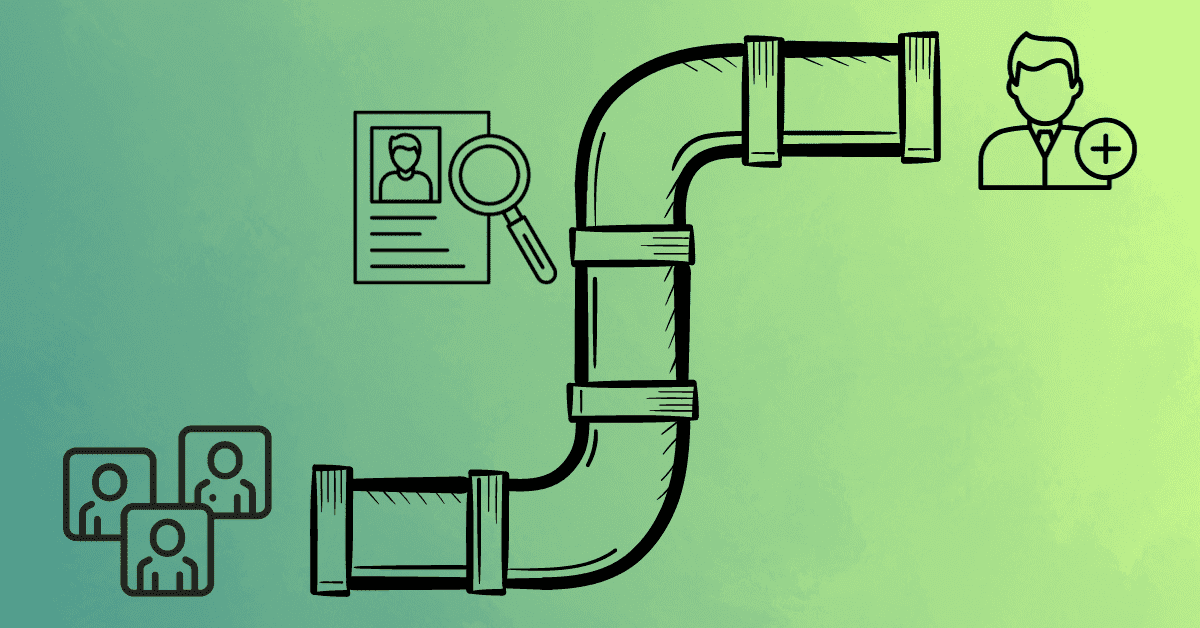
This information came from a session during the 2023 ELEVATE conference and expo. Don’t miss ELEVATE in Charlotte, North Carolina, on Nov. 3-6, 2024.
As your company grows, so should your staff to take on the additional business. One way to help with this process is to develop a recruitment pipeline that takes a more proactive approach to scaling up instead of scrambling during the spring season.
While each landscape company’s recruitment process will vary based on your location, budget and hiring needs, there are some fundamentals to follow.
Preparing
Before you ever post that you are hiring, you need to budget for the positions you’re looking to fill. You’ll also need to determine how many new employees you are looking to bring on and when you need them.
Nubia Guiterrez, director of human resources for Mullin, based in St. Rose, Louisiana, encourages building out a recruitment map that identifies where you are finding these potential hires and breaks down your recruiting efforts by month. This can include the various job fairs you have identified at schools or other organizations.
She says you should partner with your operations team to draft accurate job descriptions so candidates know exactly what to expect in that role.
Sourcing
Your recruiting map will help you determine when and where you are going as well as who you are looking for. This will also aid you in deciding which job boards are the best fit for your specific postings.
Guiterrez suggests tiering the potential job fairs by A, B and C so you can better focus your efforts. Depending on the nature of the job, you might find field-level employees at second-chance career fairs, while office-level employees are more likely found at university career fairs.
Don’t forget to let your internal team know about the position and that they can apply. At Mullin, they have a monthly newsletter and send out mass texts about new job openings.
Screening
Depending on the jobs you are looking to fill will help you outline your interview process. Decide how many rounds of interviews you want to conduct as well as which will be in-person versus on the phone.
Utilizing an applicant tracking system (ATS) can aid in keeping up with where candidates are in the process and storing detailed notes. You can compare their desired salary and other notes in the ATS. Consider your company’s expectations for the role during the interview process. Keep the candidates engaged through continuous communication so they know they are still being considered.
Selecting
To choose the right hires, you need to come to a consensus about what the applicant is being graded on. Some of the questions to answer include:
- What does your company need?
- What does your budget allow?
- What does your company structure look like and what will it look like with this candidate?
- What requirements do they meet? (language, computer literacy, skill level, etc.)
- What is your company benefitting from hiring them?
- How do they compare to other candidates?
Guiterrez says she often challenges her co-worker Daniel Garcia-Enriquez, human resources recruiter/generalist for Mullin, to sell her on why a candidate is such a good fit for the company.
Hiring/Onboarding
Once you have found a candidate you wish to hire, this is the start of the employee lifecycle. Provide the applicant with a job offer and a deadline to respond, as there are some cases where they have to decline and you need to make offers to other individuals to stay on track.
Guiterrez says after handling that paperwork, make sure the new employee’s workstation and first day are planned out so they are ready from the start.
For more content like this, register for next year’s ELEVATE in Charlotte, North Carolina, on Nov. 3-6.

